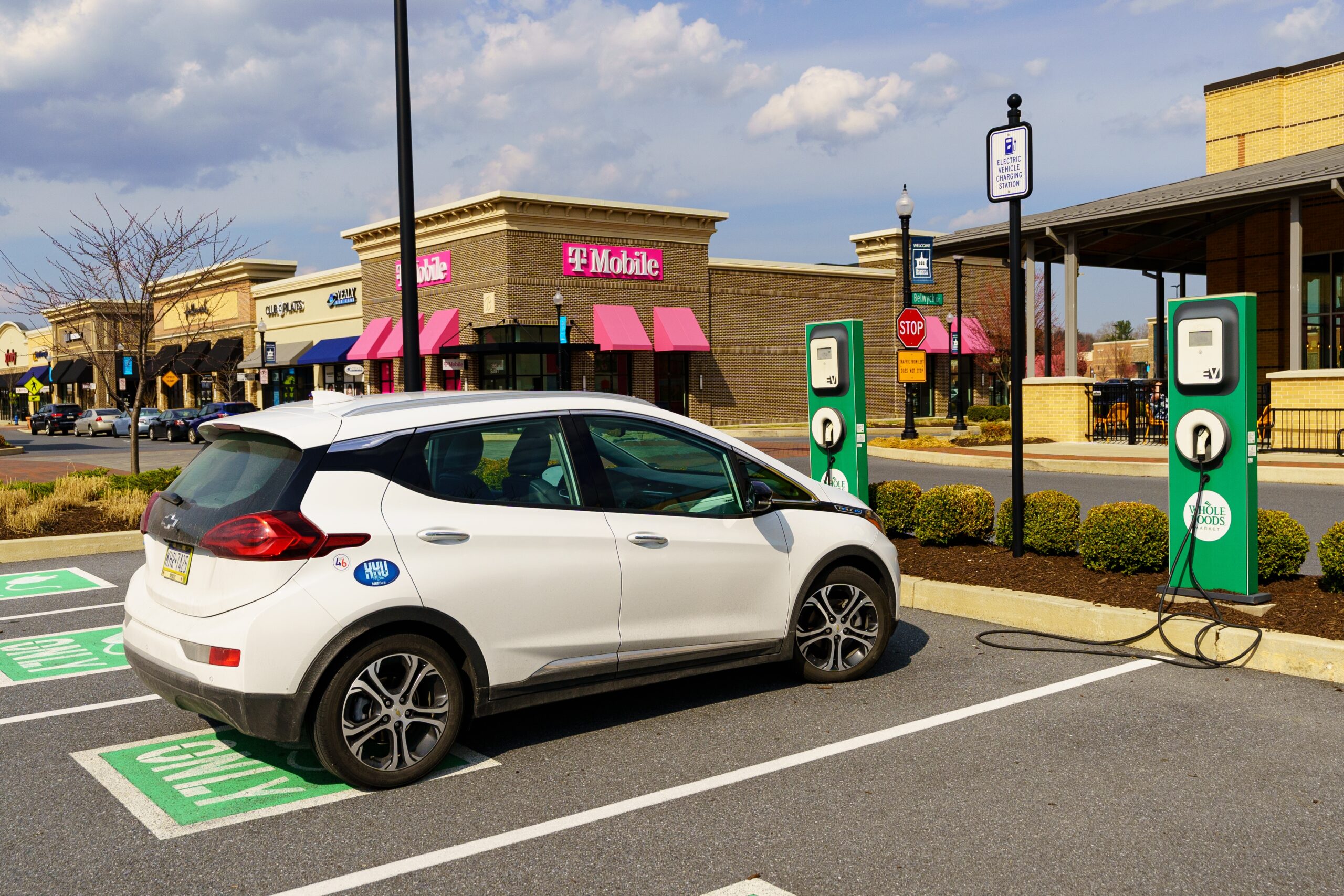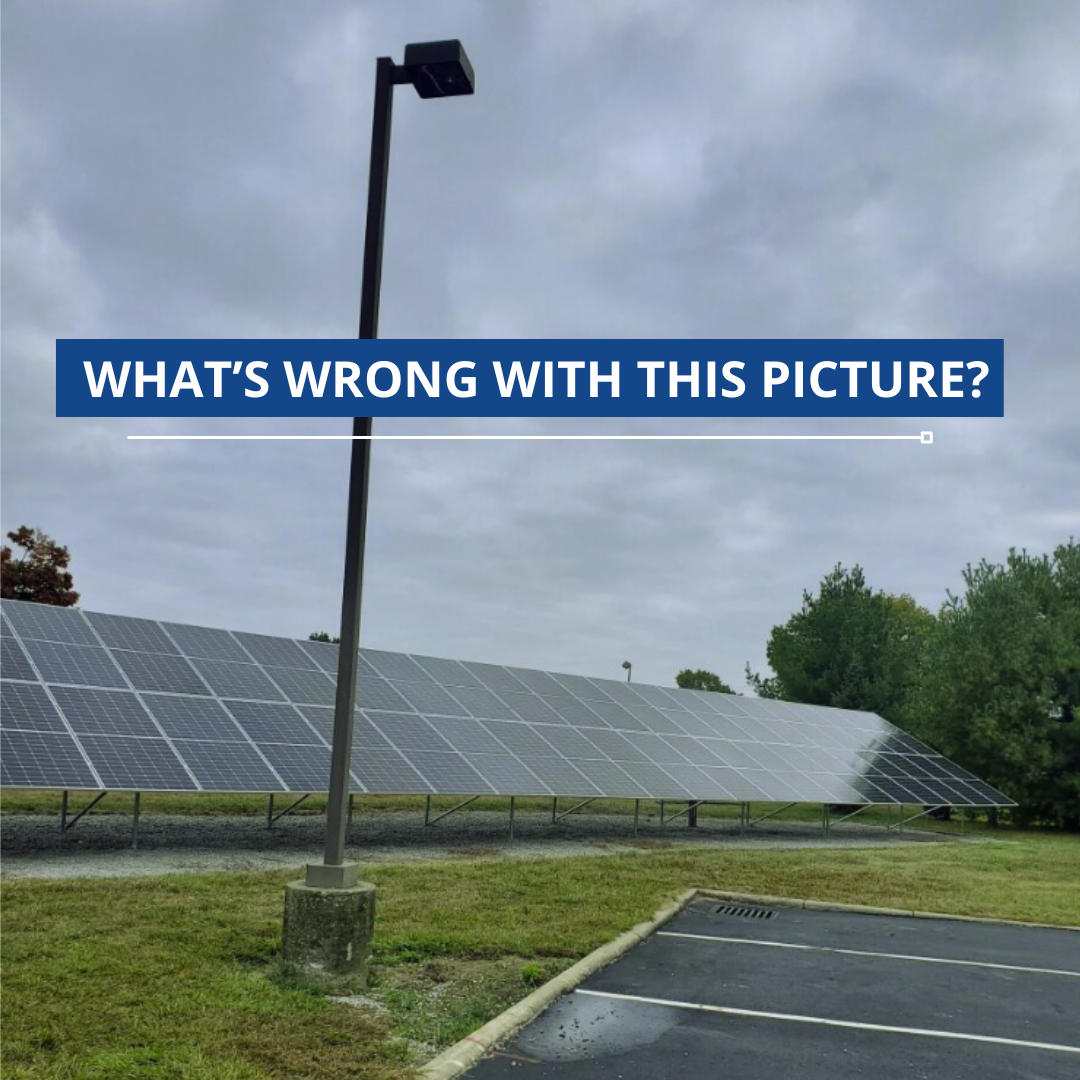Any facility operator contemplating an energy efficient lighting project will justifiably ask questions concerning the project’s viability. From projected demand reduction to energy cost savings and payback, plus everything in between, the operator seeks to mitigate risk, maximize returns and improve the overall lighting environment for associates and customers.
It all starts with a good audit -The single most important element to ensure that a lighting project is properly planned and executed is the facility audit. The landscape is littered with unsuccessful re-lighting projects whose roots can be traced to a poor audit.
Why Audit?
A properly executed audit not only insures accuracy in projecting demand reduction, it serves as the critical foundation for all subsequent financial analysis associated with return on investment. When equipped with an accurate audit, the engineering team can optimize a design specific to that facility. Professional, engineering-grade audits also offer a complete road map for installation, insuring proper quantities of materials, manpower and the resulting time to complete the project. Changes to any of these elements due to a less than stellar auditing effort will produce project delays and cost overruns which ultimately impact the financial analysis. Audits are a pre-requisite for all facility types – manufacturing, warehouses and distribution centers, office buildings, retail establishments and institutional facilities like schools and hospitals. Each of these environments carry unique requirements and lighting variables that only an engineering grade audit will reveal.
Preparation
Auditors are made, not born. A properly trained lighting practitioner will be steeped in knowledge of the latest lighting and control technologies, will have served as a “shadow” to a senior auditor, will have been involved in prior audit and mapping exercises and will have received detailed instruction on the steps associated with a proven auditing process. The auditor’s ability to work with the engineering team post audit is a critical skill set. In my experience, a minimum of ten prior engagements as a shadow touching all elements of the audit process would be required.
Pre-audit activities are extensive. Information gathering with the client includes a detailed assessment of project objectives, including facility usage nuances and the overall quality of lighting desired. On site personnel may be resistant, or simply busy, perhaps uninformed about the project, the process and the projected outcomes. It is essential that the auditor acts as ombudsman, serving as both project advocate and recorder of any complaints or issues raised by on site personnel. As a representative of the lighting services company, the auditor needs to dress and act in a professional manner, cognizant of his environment, any safety issues and the overall culture unique to every facility.
Using a form comprised of standard questions is the most effective way to interview facility personnel on site. The survey tool seeks to understand the environment and all criteria which may affect the type of lighting to be proposed. Items such as; hours of use for the site and the lighting, areas with too much light, areas needing more light, areas with lots of dirt, areas with wash down, hazardous locations, areas with high or low heat temperatures should all be covered by a standard pre-audit survey tool.
Other questions will affect the implementation and labor installation costs for the project. These items are time of day to work in the various locations, a place to receive and store materials, methods in place to dispose and recycle the old lighting system and other refuse, equipment on-hand that may be required to access the lighting.
Pre-audit activities serve as the foundation to the audit process and insure the project is being planned to meet all goals of the client. In addition to the completed survey tool, if you can’t answer the following questions, pre-audit activities are incomplete:
- Does the facility require improved quality of lighting?
- Are there corporate lighting standards to follow?
- Are the corporate lighting standards up to date with current industry standards?
- Is there a realistic set of payback criteria?
- Is there a realistic budget allocated with a confirmed approval process?
The Audit Process – Best Practices
Many companies think the key to a successful lighting audit is an accurate fixture count. While this is important, a quality audit begins with a comprehensive review of all appicable lighting standards and an auditor trained to insure the proposed design delivers the proper light levels for the space, including dimming or turning lights off when space is unoccupied or daylight is present. Today, in many of our projects, more than half of the projected energy savings is derived from advanced lighting control solutions.
Summary
Accurate audits enable the engineering team to have the necessary raw data for examining potential lighting scenarios. Using advanced modeling software different options can be configured and alternative proposals can be generated which address project objectives, cost scenarios and potential return on investment. Fifteen years ago the landscape was still dominated by old lighting technologies and 80% of the projects undertaken were simple lamp and ballast replacements. These projects were considered “low hanging fruit” as costs were mitigated and sufficient energy savings materialized to produce acceptable ROIs. Today, 80% of the projects involve re-design elements including advanced controls, substantial lighting upgrades and system/technology enhancements. While costs are higher for these more comprehensive projects, the energy savings opportunities are substantially higher. Many payback periods fall into the 2 to 4 year range, however, the application of utility and governmental incentives can dramatically reduce the payback time frame.
Working together, the auditor and the engineering team can fully explore all lighting options, including the demand reduction requirements needed to qualify for available incentives.
With the average price for a KWH of electricity hitting a July 2020 record of 13.7 cents (BLS), electricity prices are up about 5.5 percent from a year ago. Energy efficient lighting projects are here to stay. A proven and verifiable process for conducting the audit will insure the success of these projects and contribute to a brighter future for all who follow.












